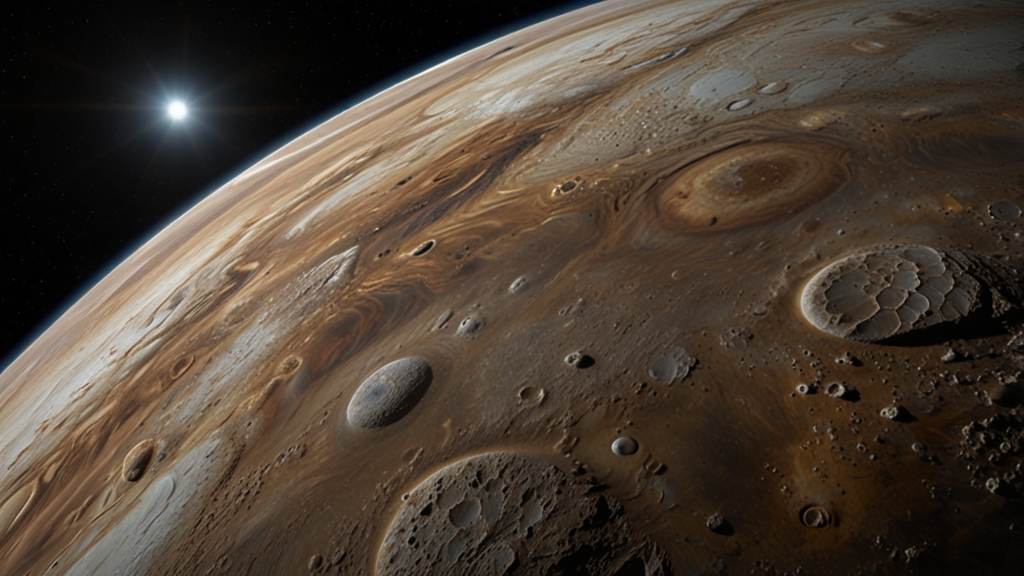The Dark Truth Behind the Fountain of Youth Legend Ponce de León
The legend of the Fountain of Youth is one that has captured human imagination for centuries. Many tales and myths revolve around the elusive source of eternal youth and vitality. One name that frequently appears in this narrative is that of Juan Ponce de León, a Spanish explorer and conquistador. The general story goes that Ponce de León ventured into the New World searching for this mythical fountain, but the reality is far more complicated and, in many ways, darker than the romanticized legend.
Who Was Ponce de León?
Born in 1474, Juan Ponce de León was a Spanish nobleman who became one of the early settlers in the Caribbean. He participated in Christopher Columbus's second expedition to the New World and later became the first Governor of Puerto Rico. His role in the colonization of the Americas is marked by both exploration and brutal conquest.
The Fountain of Youth: A Misinterpreted Quest
According to popular belief, Ponce de León embarked on an expedition in 1513 to find the Fountain of Youth. However, serious historical scrutiny suggests that this may not have been his primary objective. Many historians argue that the story linking Ponce de León to the Fountain of Youth was a posthumous addition by his rivals to tarnish his legacy.
"The association of Ponce de León with the Fountain of Youth is likely a fabrication intended to ridicule him," explains Jon Sterngass, historian and author. "His actual missions were focused on wealth, power, and territorial expansion, not chasing mythical fountains."
A Grim Reality: Conquest and Colonization
Contrary to the romantic legend, Ponce de León's expeditions were marked by violence and subjugation. After his time as Governor of Puerto Rico was plagued with conflicts, he turned his sights to what is now Florida. His expeditions in Florida, beginning in 1513, were driven by the Spanish ambition to claim new territories and exploit their resources.
Ponce de León and his men did not just explore; they conquered, enslaved, and imposed their will upon the indigenous populations. These violent actions led to the suffering and displacement of numerous indigenous people. Though the details of his interactions with native tribes in Florida are less documented, the pattern of Spanish colonization was consistently one of violent subjugation and exploitation.
"Far from seeking a paradisiacal spring, Ponce de León was hunting for lands to conquer and people to subjugate," writes historian Samuel Eliot Morison. "His journey was less about mythical quests and more about the harsh realities of colonial ambition."
The Aftermath and Lasting Impact
Ponce de León's quest ended in tragedy. His attempts to establish a colony in Florida were met with fierce resistance from indigenous tribes. In 1521, during his second expedition to Florida, he was mortally wounded by an arrow during a skirmish. He retreated to Cuba, where he died shortly after.
The legend of the Fountain of Youth persisted, overshadowing the darker aspects of Ponce de León's expeditions. It serves as a reminder of how history can be romanticized, sometimes to the point of obscuring the harsh truths. The real story of Ponce de León is one that involves not just exploration but also the violent realities of colonization.
Conclusion
The myth of the Fountain of Youth and Ponce de León serves as a fascinating study in how legends can distort historical realities. While the idea of a magical fountain that grants eternal youth captures the imagination, the true story is far less enchanting. Instead, it is a tale marked by ambitions of conquest, the brutal treatment of indigenous populations, and the harsh truths of colonization.
Ponce de León's legacy is a complex one, interwoven with both the romanticized aspirations of human imagination and the grim realities of historical fact. In understanding the darker facets of this legend, we gain a more nuanced view of history and the figures who shaped it.








